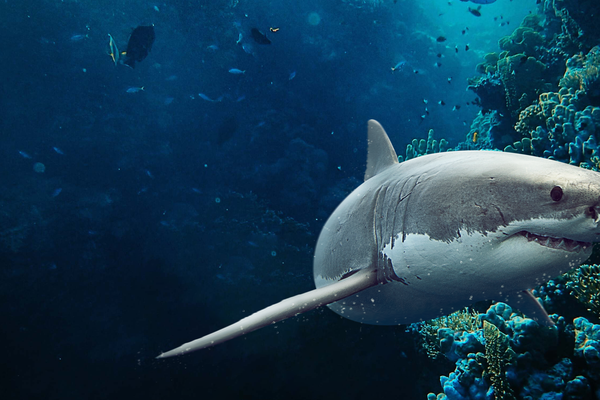ShellBank: Detecting and protecting turtles around Australia
Marine turtles are iconic species, but their survival is threatened by habitat loss, pollution, fisheries bycatch, climate change and illegal wildlife trade. In a world first global program ShellBank is building a marine turtle traceability toolkit to detect populations needing greater protection.
ShellBank is a global program led by the World Wide Fund for Nature, the Australian Museum, The National Oceanic and Atmospheric Administration (USA) and TRACE Wildlife Forensics Network. Since 2019, ShellBank has been building a global marine turtle traceability toolkit to support conservation and law enforcement efforts and to help detect populations most at risk, and those that need greater protection. This toolkit includes a centralised, standardised genetic database and a suite of capacity-building resources for researchers and conservation agencies around the world.

Marine turtles are iconic species, but their survival is threatened by habitat loss, pollution, fisheries bycatch, climate change and illegal wildlife trade.
Image: Cameron Witney© Unsplash
Homeward Bound
Marine turtles spend most of their life at sea, often travelling hundreds if not thousands of kilometres from the beach where they hatched from. Remarkably, female turtles return to those same beaches to lay their eggs. This nesting fidelity creates genetically distinct populations, known as genetic stocks – each with a unique genetic signature. By analysing these genetic signatures, scientists can trace turtles found at sea, in bycatch, or in trade back to their nesting origin. But to do this effectively, we need a comprehensive baseline of genetic data from as many nesting populations as possible.
These genetic stocks are not only critical for tracing the source of turtles affected by bycatch or illegal trade, but they also represent important conservation units that can guide targeted protection and management efforts to mitigate other threatening processes.

Australian Museum researchers sequenced DNA from 160 green turtles sampled from the Conflict Islands in Papua New Guinea. It is the first time this population has been genetically characterised.
Image: Ian Bird© Australian Museum
Genetic Discoveries
Expanding and improving this baseline is one of ShellBank’s primary aims. With support from Lindblad Expeditions, researchers from the Australian Museum sequenced DNA from 160 green turtles sampled from the Conflict Islands in Papua New Guinea (60 nesting turtles and 100 foraging turtles) collected by collaborators at Murdoch University, James Cook University and the Conflict Islands Conservation Initiative. This is the first time this population has been genetically characterised.
The results revealed a previously undocumented genetic stock in the region. Even more significantly, one of the genetic profiles (haplotypes) found in this nesting population, had previously only been found in foraging grounds along the Great Barrier Reef, but had never been linked to a nesting population before. This “orphan haplotype” now has a home – the Conflict Islands.
This finding demonstrates genetic connectivity between the Conflict Islands in Papua New Guinea and foraging sites along the Great Barrier Reef in Australia, highlighting the transboundary nature of marine turtles.

This research demonstrates genetic connectivity between the Conflict Islands in Papua New Guinea and foraging sites along the Great Barrier Reef in Australia.
Image: Supplied by ShutterstockLicense supplied by Shutterstock
Deeper Connections
Building the ShellBank baseline is critical to improving our knowledge of marine turtle population and this research shows we still have a lot to discover about the movement of marine turtle species even in our own backyard. The generous support of Lindblad Expeditions has allowed us to fill a critical gap in understanding where the green turtles using the Great Barrier Reef as a foraging ground are coming from and vice versa.
This research not only revealed that turtles from the Conflict Islands travel to forage in Australian waters, but also that turtles from Great Barrier Reef nesting populations are foraging in the waters surrounding the Conflict Islands. These findings highlight the complex, transboundary movement of marine turtles and the shared responsibility of protecting them across national jurisdictions. Final analysis of this important dataset is underway, with scientific publication expected later this year.
Dr Greta Frankham, Scientific Officer, Australian Centre for Wildlife Genomics, Australian Museum.
Acknowledgements
Australian Museum partners, Lindblad Expeditions | National Geographic, provide financial support to AMRI to support the Australian Centre for Wildlife Geonomics’ contribution and genomic research towards the ShellBank project.
Find out more at the Australian Centre for Wildlife Genomics.













